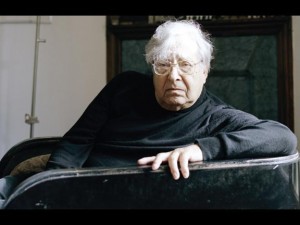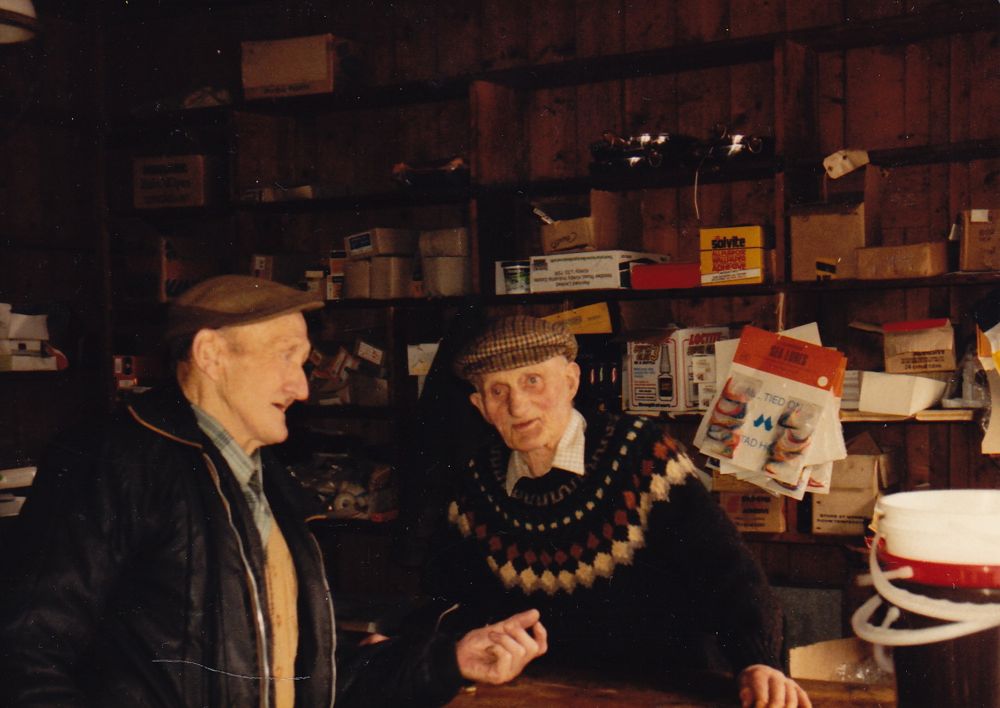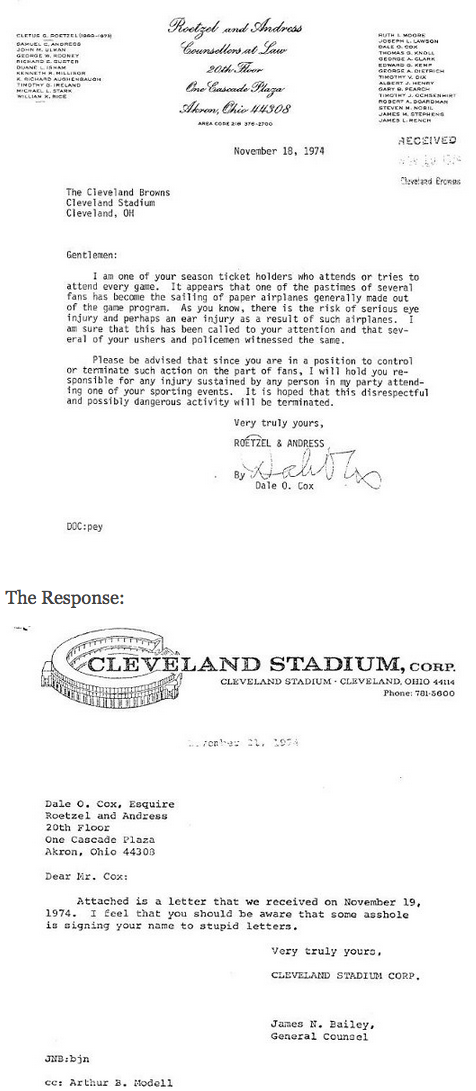Farewell to Scottish Friend, Architect Isi Metzstein
I was saddened recently to learn that Isi Metzstein, a longtime friend and the father in a family I’ve been close with for many years, died at his home in Glasgow, Scotland on January 10. Isi lived a remarkable life and was a well-regarded architect and teacher, as the obituaries that have run all over Britain attest, including prominent notices in the Independent (“Architect Hailed for Modernist Vision and Inspirational Teaching”) and the Guardian (“Innovative Architect Designed Remarkable Postwar Buildings”).
I became fascinated with Scotland in my thirties–its history, people, music, buildings, language, literature, and landscape–making four tours of the country, in 1986, 1989, 1992, and 1995, the first two on my own and the next two with my artist wife Kyle Gallup, who instantly shared my appreciation of this bonny land. Isi and all the Metzsteins were linked to our enjoyment of the country.
While these trips were proper vacations, I always worked book and publishing activities into my visits, and Kyle would paint watercolor landscapes. On one trip I met with a bookseller in Edinburgh who introduced me to the novels of Neil Gunn, whose books I later published in US editions. On the 1986 trip, I took a photograph on the enchanting isle of Mull that later became the cover image for Gunn’s novel, Blood Hunt.
Before returning to Scotland in 1989, I had published a science fiction novel, The Steps of the Sun, by Walter Tevis, best known for The Man Who Fell to Earth, the pool hall novels, The Hustler and The Color of Money, and the chess novel, Queen’s Gambit. The latter was published in 1983 and Tevis made a stop at my bookstore Undercover Books to sign copies of the novel about a young female chess prodigy. I was saddened when Tevis died in 1984, at just age 56. In bringing out The Steps of the Sun, I met Tevis’s widow Eleanora, coincidentally a Scotswoman. Eleanora suggested that on my next trip I look up a Glasgow family who were good friends of hers. I contacted this family who invited me to stay with them while in their city. These were the Metzsteins, husband Isi, wife Dany, who ran a fine children’s clothing boutique, and their children Mark, Saul, and Ruth.
For this Clevelander, I quickly felt at home in Glasgow, with its gritty industrial past salted with many handsome buildings and spacious green parks. It had been home to the great Arts & Crafts-era architect Charles Rennie Mackintosh, designer of the gorgeous Glasgow School of Art, one of the places Isi taught. The Metzsteins lived in a historic home in the pretty neighborhood of Hillhead and I was given a large bedroom with bath that became my base at the outset of that visit to Scotland and again at the end of my trip. Their roomy kitchen–with its long farm table and electric kettle always primed for a fresh pot of tea–and the Metzstein’s easy hospitality, made me feel welcomed and splendidly comfortable. From my ’89 visit I remember a Sunday evening at the Metzsteins when a Cleveland Browns football game was improbably enough on their local cable TV. I watched it with Mark, who cheered with me when the Browns won on a last-second field goal. The Metzsteins’ hospitality even extended to other members of my family, as my mother, brother, and sister stayed with them during a bookselling business trips to the UK.
After my two solo sojourns in Scotland, I kept in touch with the Metzsteins and when I met Kyle in 1990 she joined me for a Scottish visit in 1992; a stay with them was of course part of our plans. That visit coincided with a big birthday of Dany’s, and we attending the party thrown for her, meeting many of their family friends. For their part, the Metzsteins also loved New York City. Isi’s twin sister Jenny lived in New York, and he and Dany would visit Gotham regularly, walking the avenues and sidestreets, taking in museums and all the buildings. They came to dinner at our apartment and when our son was just a baby, Dany held and soothed him. Isi, who partnered professionally with Andy MacMillan at the Glasgow architectural firm Gillespie, Kidd & Coia (GKC), collected miniature replicas of skyscrapers and he always found statues of the Empire State Building and Chrysler Building when he was in the city. Their daughter Ruth also made many visits to Manhattan and she and Kyle became good friends, often joining forces for gallery and museum outings.
Seated around table after dinners, Kyle and I learned about Isi’s and Dany’s early years. Born in Berlin, as a child Isi became part of the Kindertransport program, traveling by ship from Germany to Britain at age 11 in 1939, only months before WWII began. Circumstances split him off from his mother and siblings and he ended up traveling from London to Glasgow by train on his own. Dany was also sheltered as a child, in France. Isi’s accent was a rich broth of German guttural tones mixed with the brogue of a Glaswegian, while Dany’s was redolent with French inflections. Isi didn’t suffer fools happily, or bad design, and he had a sharp wit. Born Jewish, the Independent mentions that Isi liked to refer to himself as a “lapsed atheist,” making all the more interesting the fact that “the Catholic Church [became] GKC’s principal client,” with sacred spaces that created a “vision of religious architecture full of verve and inventiveness.” The obituaries and testimonials are filled with pithy and painful observations of his, such as these in the Guardian made after one of their buildings fell into ruin:
Metzstein later announced the foundation of the Macallan club (named after his favourite whisky), whose members are the architects of buildings “demolished or mutilated without the involvement of its designer” and who, “the victims of brutal, premature ‘scrap-heaping'”, are witnesses to the fragility of permanence which characterises [the] century”. This may have been a joke, but it all hurt–deeply. [His] firm’s last building was Robinson College, an complex and inventive redbrick response to the growing reaction against the Modern movement, which was completed in 1980. Metzstein then devoted himself to teaching and lecturing, at the Mackintosh School of Architecture at the Glasgow School of Art (of which [partner Andy] MacMillan was head), at the University of Edinburgh (where he was professor) and elsewhere. He was held in great affection and respect by architects all over Britain, and was both revered and feared for his incisive and often devastating criticism of student work. It was annoying that recognition–and a growing admiration for the work of [his firm]–came so late. When Metzstein and MacMillan were presented with an award by the Royal Institute of British Architects for their teaching in 2008, Metzstein noted that ‘it would have been even better to receive this while we were still alive”. He remained until the end the conscience of a rational modernity, and was “allergic to ‘starchitects’ whose work fills the magazines”. He much disliked the posturing arbitrariness of such buildings as Daniel Libeskind’s Jewish Museum in Berlin, “which I can’t take, both as an architect and as a Jew born in Berlin”.
This witty and warm-hearted gentleman became a true son of Glasgow, and in the Herald’s obituary there is this marvelous quote of Isi’s about his adopted hometown and homeland:





Great reminiscence and affection. I, too, had the pleasure of visiting, as a Turner family member, with Dany, Isi and their sons when visiting Glasgow in 1997. Their home was a den of merryment, friendship and comfort as one entered the threshold.
Thanks for commenting. I’ll add that you were in their home too. It’s neat that you had recently found Sylvia’s notes from her stay at the Metzstein’s.
Thanks for the biography and stories, Phil!
Hi Ben, so glad you enjoyed reading about Isi.